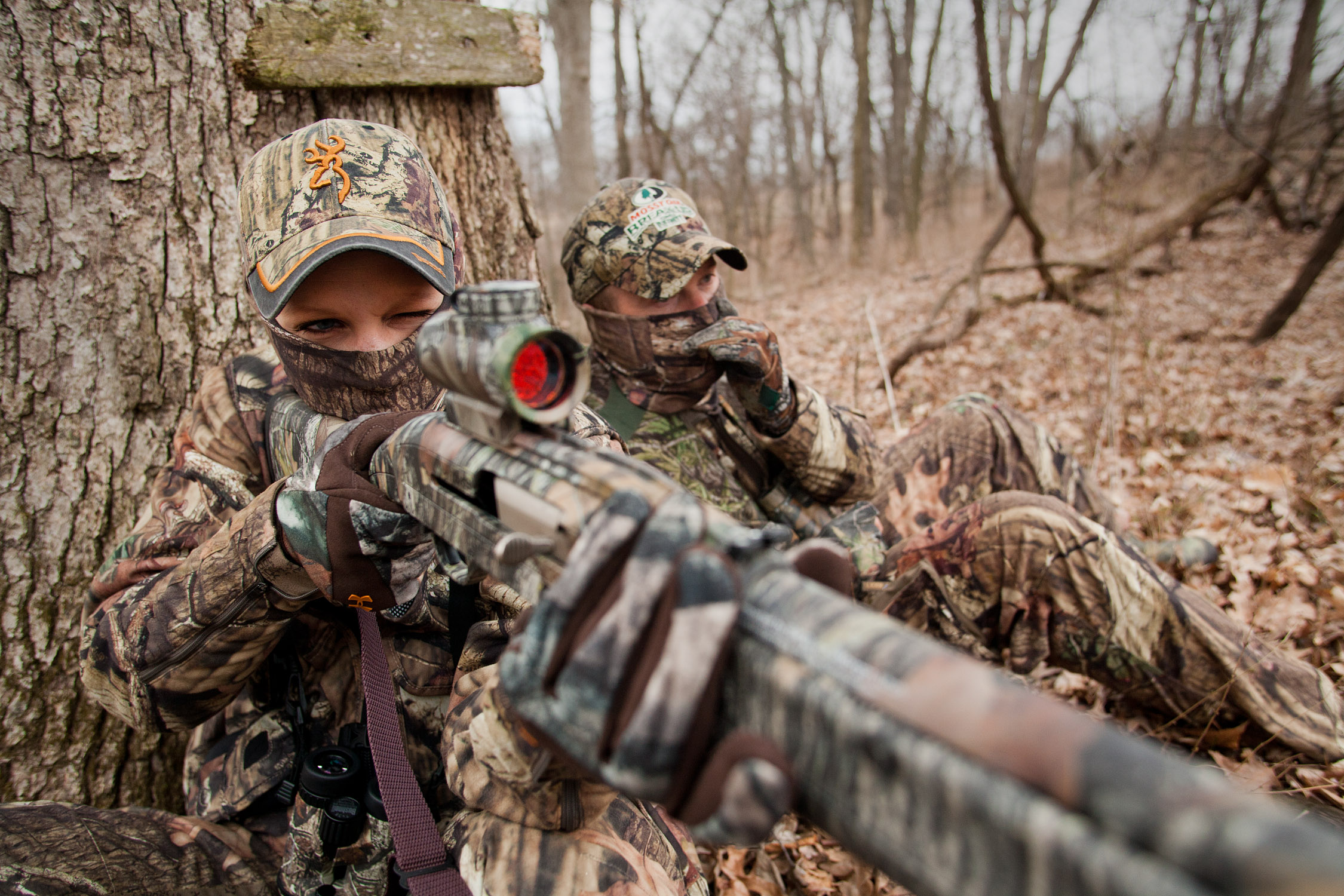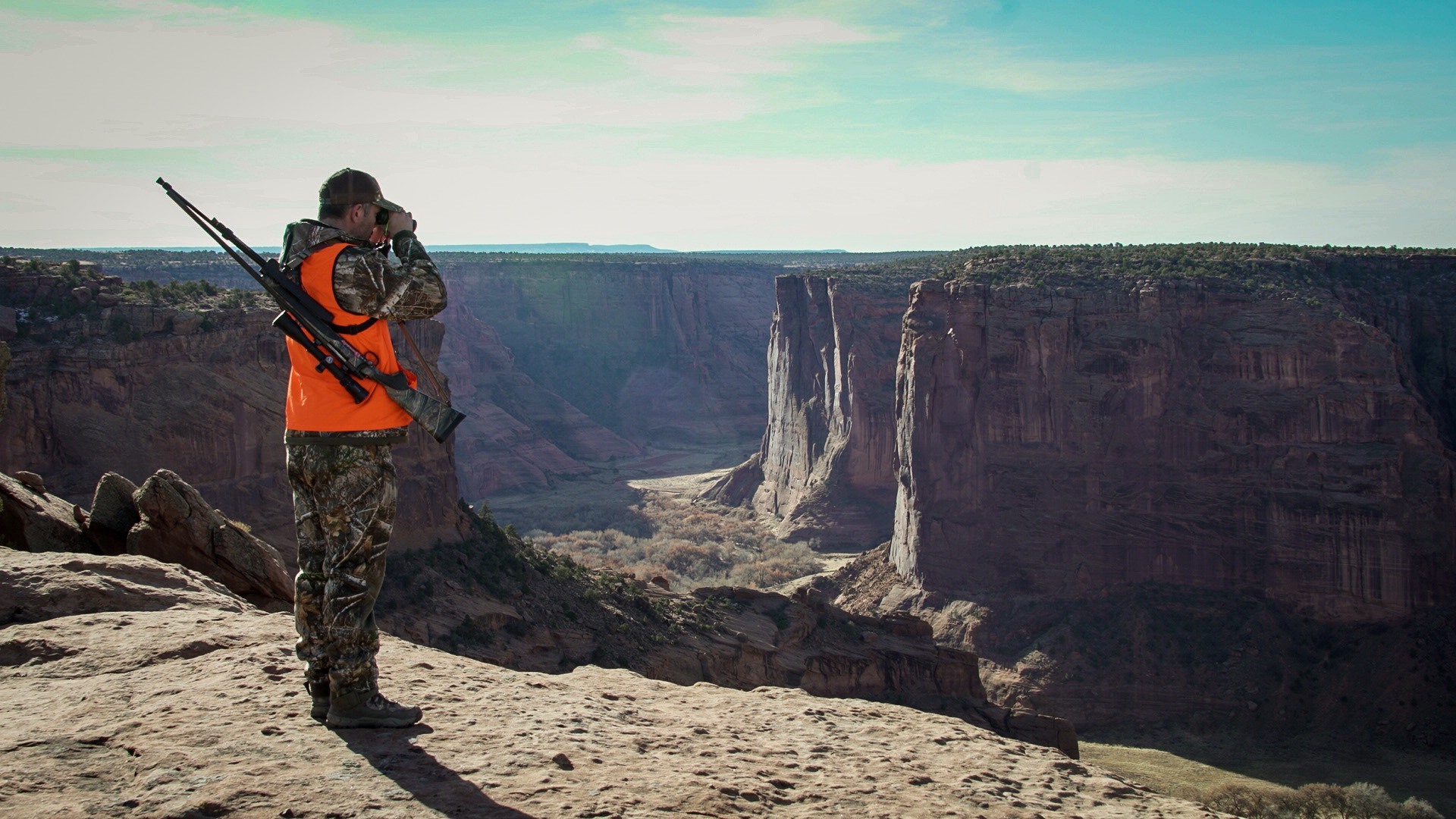Deer Hunting in the United States

Deer hunting is the game of seeking after deer which started as ahead of schedule as 7,000 BC. There are various sorts of deer all through the world that are chased.
The deer most looked for after, in North America, east of the Rocky Mountains is the white-followed deer. West of the Rockies, the donkey deer is the prevailing deer. The most striking contrasts between the two are the distinctions in ears, tail, tusk shape, and body measure.
The donkey deer's ears are longer than the ears of a white-followed deer and take after that of a donkey. Donkey deer have a dark-tipped tail which is littler than that of the white-followed deer. Buck deer of the two species grow prongs; the tusks of the donkey deer branch and branch, while white-followed bucks have one principle bar with a few tines growing from it. White-followed bucks are typically littler than donkey deer bucks.

There are four basic techniques for hunting deer: stalking, which comprises of following signs and trails of deer; stand hunting, holding up where deer are probably going to movement (counting tree stands); as yet hunting; and line drives, which comprises of flushing deer toward a line of seekers. Exploring and stalking include following deer signs. Basic signs incorporate rubs, scratches, and tracks. Scratches are places where bucks scratch the ground and urinate underneath low balancing branches on the edge of fields. Bucks do this to stamp an area and draw in female deer. Deer tracks may reveal to you the size and age of a deer. Rubs are blemishes on the trunks and low parts of trees where bucks have rubbed the velvet off their horns. Another reason for this activity is that it marks an area with a visual signpost.

Another technique for deer hunting, albeit illicit in many states, is puppy driving. Mutts are utilized to drive deer to a place where the seeker can get a shot.
There are additionally various elements that assume a job in deer development, however, the one thing that can, as a rule, be depended on is the development of deer 30 minutes before dawn and 30 minutes after nightfall when the deer are going to or leaving their encouraging ground. The principal factors in deer development are precipitation, wind, hunting weight, groove, and lunar development. Deer will remain in their bedding region amid stormy climate, and when the tempest stops, the deer typically begin moving.
The deer will move to a territory they feel is ok for them; they will likewise begin moving if the tempest went through their nourishing period. Most deer encouraging happens in fields of agribusiness, for example, corn and soybeans. Since they don't prefer to be gotten in the open amid a tempest, the deer tend to move to a more secured region of the sustaining ground or leave the ground completely until the point when the tempest closes. The trench, for the most part, multi month-significant lot in which bucks mate with does, can last more or somewhat shorter than multi-month. The trench makes deer be more dynamic and do things that they would not typically do. The last factor in deer development is the situation of the moon. At the point when the moon is straightforward, overhead deer appear to be more dynamic.

A wide range of weapons is allowed in different conditions of the USA amid specific occasions of deer season. These incorporate bows, crossbows, rifles, shotguns, and muzzleloaders.
Toxophilism season, as a rule, opens weeks or months before a state or regions weapon season and can be allowed for a little while or months subsequently. Current compound bows and recurve bows are utilized, and some crude recurve and longbows by recorded fans when allowed.
Rifles and shotguns are generally utilized for hunting deer. Most locales put confines on the base bore or measure to be utilized; rimfire rifles and centerfires under.22 bore are frequently precluded because of moral concerns. A few zones of the United States deny rifle hunting inside and out; most seekers in these territories utilize 10, 12, or 20 check shotguns with buckshot or slug loads.
Muzzleloader hunting is additionally a typical practice. Present day muzzleloading rifles furnished with manufactured stocks, adjustable and fiber optic sights, in-line start frameworks, propelled shot plans, and dark powder substitutes, for example, Pyrodex are substantially more successful than the black powder rifles of previous eras. Be that as it may, numerous conventionalists still utilize wood supplied, press located rifles with round lead balls and customary dark powder charges.
Disguise has been utilized for a long time and keeping in mind that it is critical, it isn't basic, particularly amid the firearm season when it is necessitated that seekers wear burst orange attire when on open land.
There is a wide range of kinds of deer stands, stepping stool stands, climbers and stationary blinds. Stepping stool stands are stepping stools with a stage over them fastened to a tree. Climber stands are stages with a seat that might be carried on your back and after that set generally around 4-8 feet off the ground on a tree. Stationary blinds worked from wood and different materials are intended to be a solid and durable visually impaired either on a stand or on the ground, contingent upon the landscape. Blades are basic for cleaning and field dressing deer. Labels and allows are required to chase deer legitimately which settles the expense of authorization and protection programs.